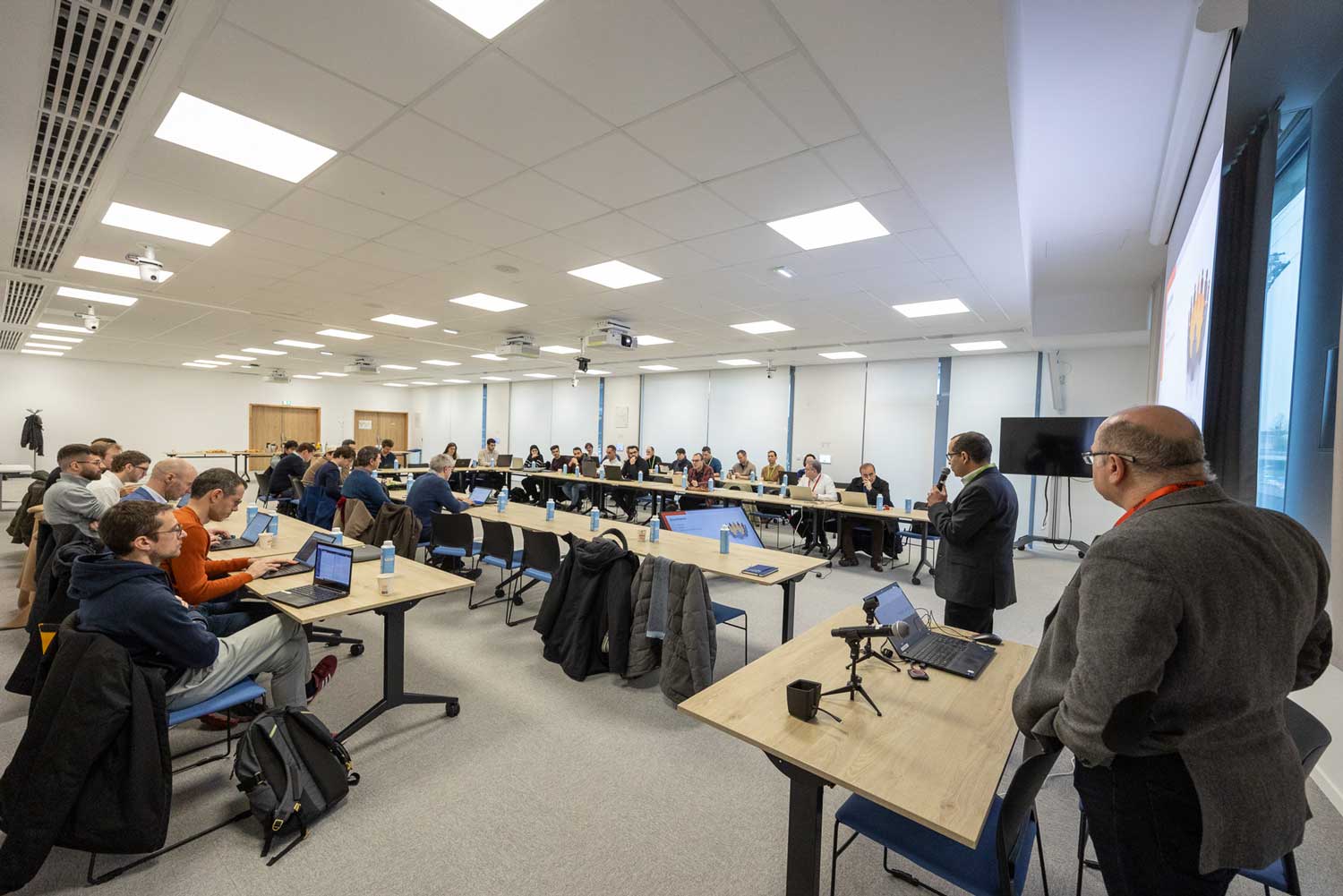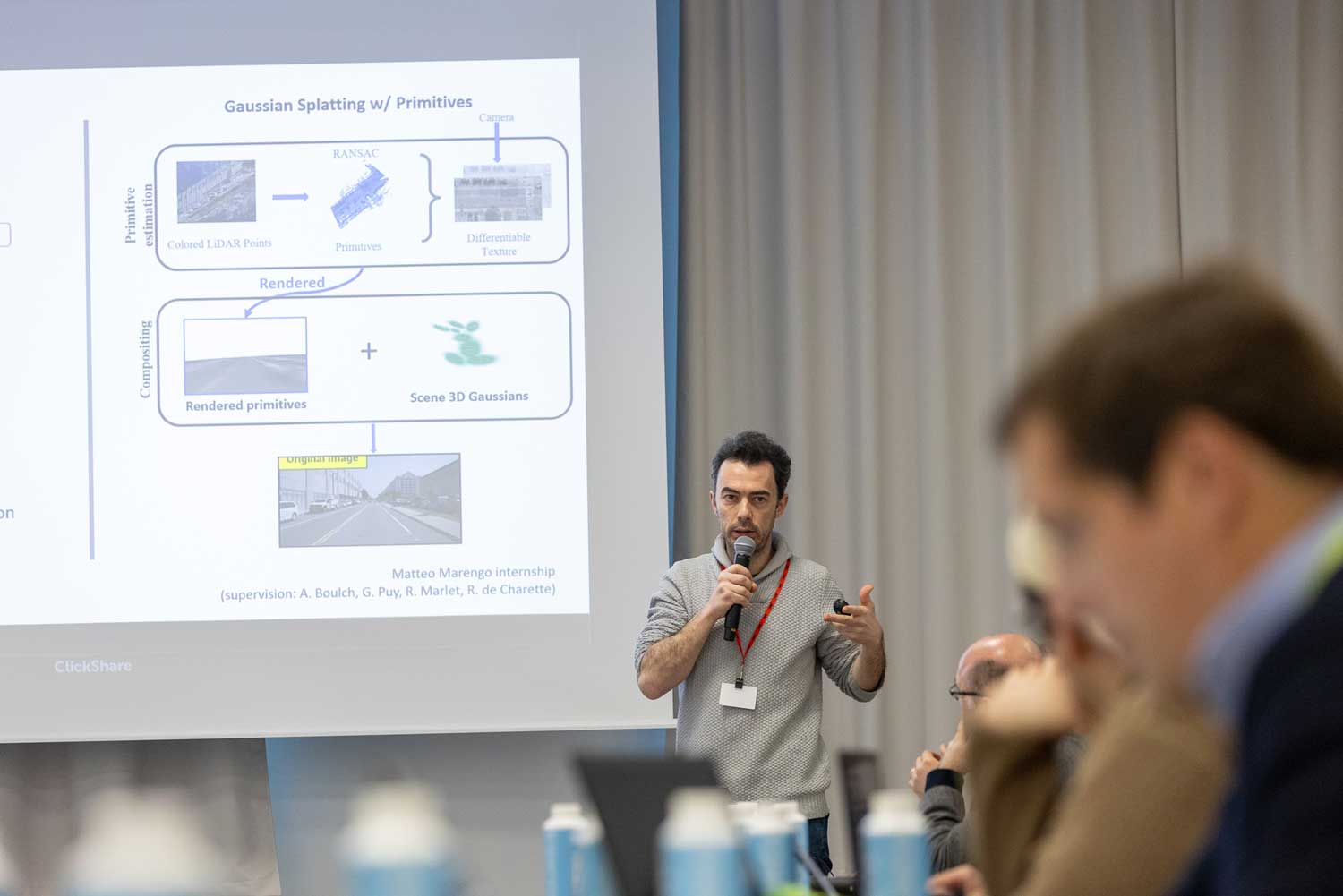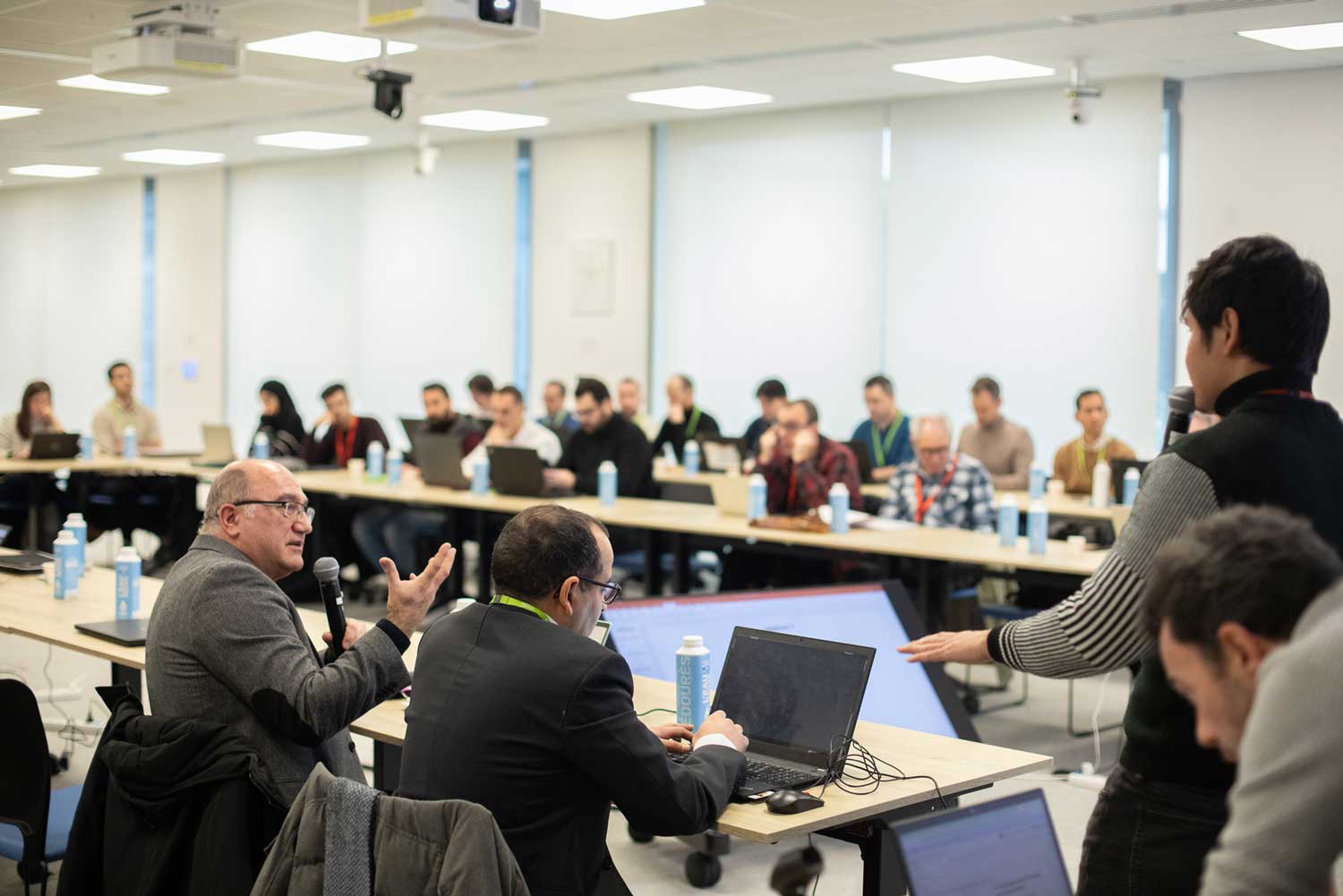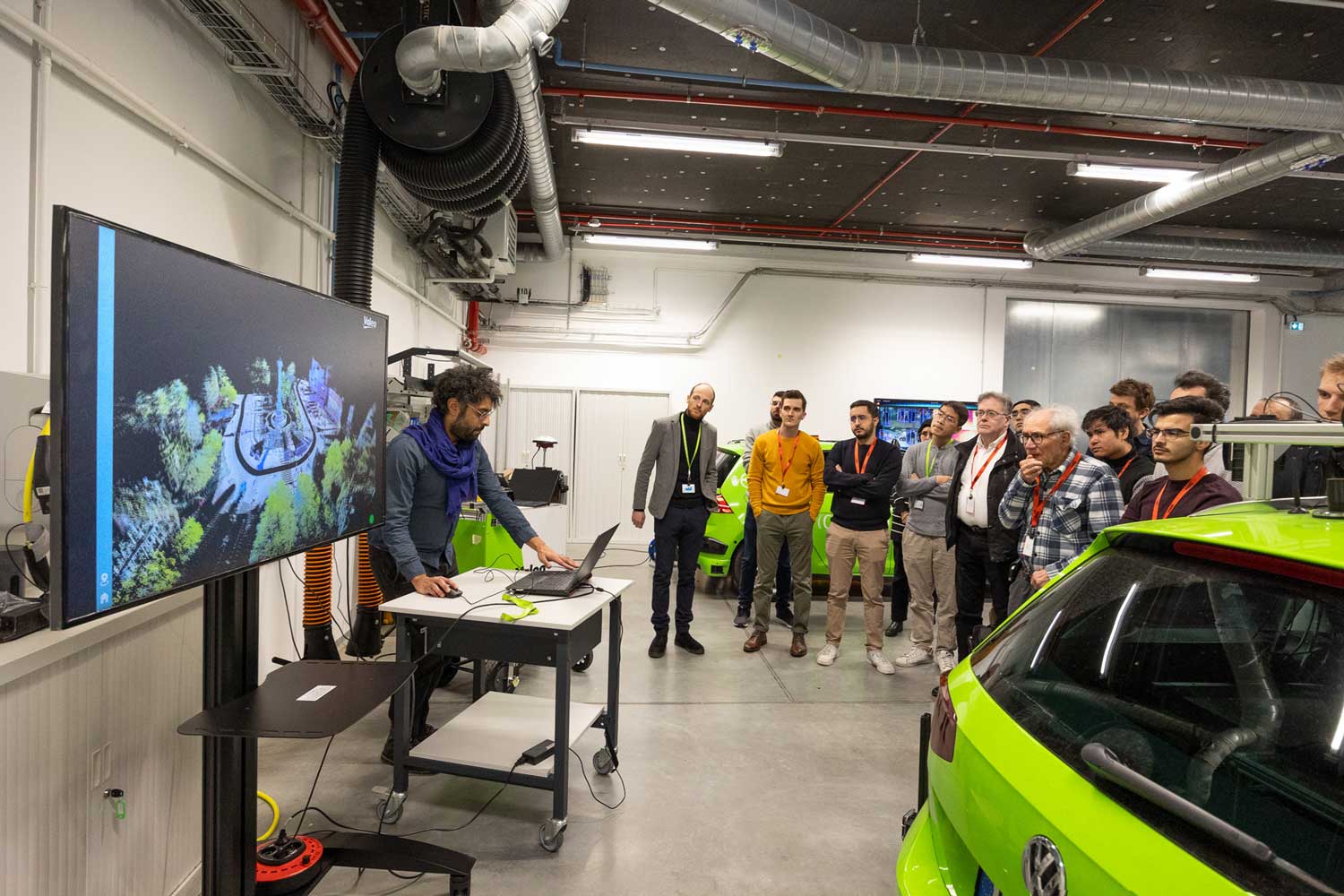ASTRA, the Inria/Valeo project team working on tomorrow’s smart mobility solutions
At the halfway stage, the ASTRA (Automated Systems for safe TRAnsportation) joint project team, led by Inria and Valeo, is taking stock of its progress in the field of intelligent, affordable and sustainable mobility. This team, led jointly by Fawzi Nashashibi (Inria Paris) and Benazouz Bradai (Valeo), is investigating autonomous vehicles solutions in an approach that combines academic research with industrial expertise. Here is a review of ASTRA's objectives, challenges and initial achievements at the team's mid-project plenary session.
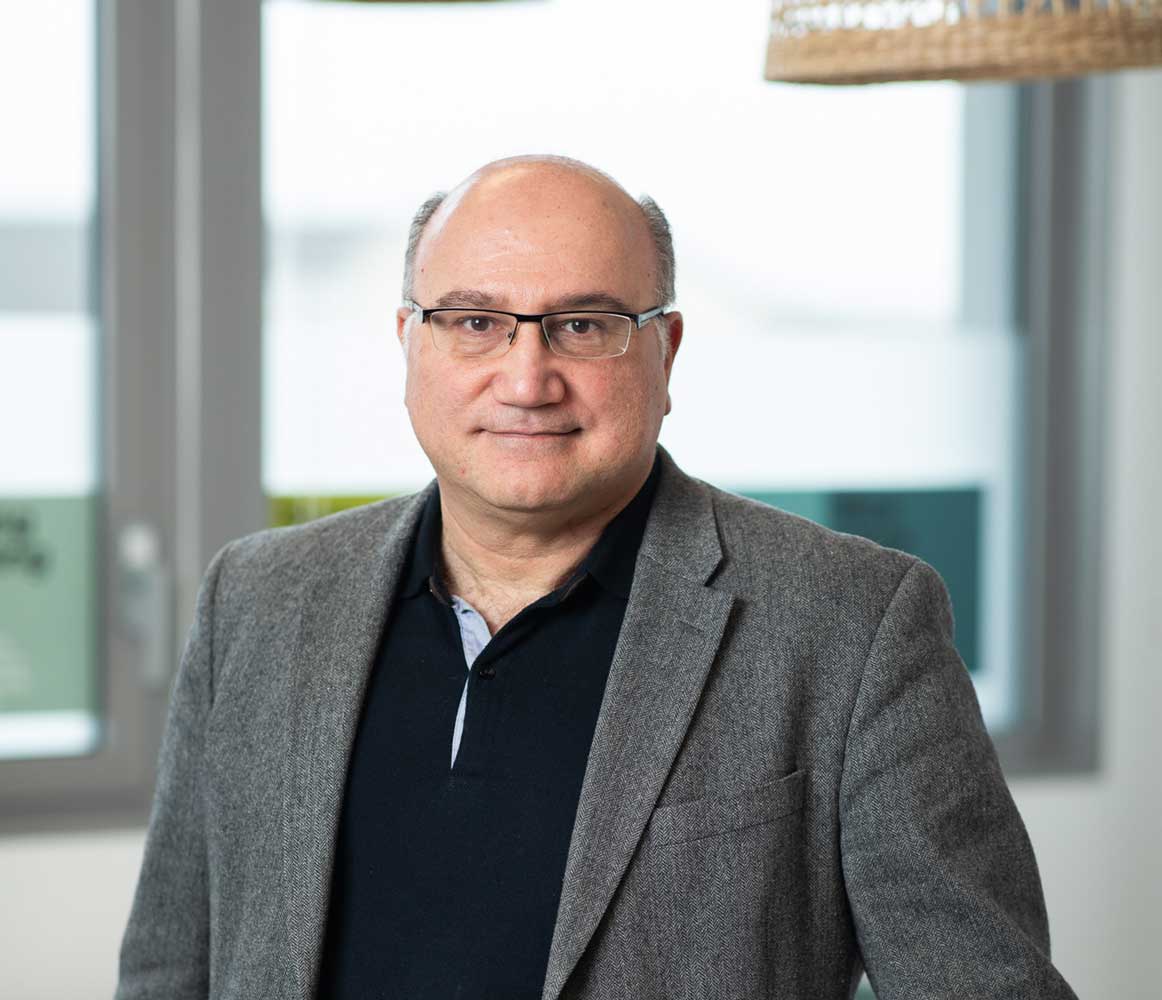
Fawzi Nashashibi
Senior Researcher at the Inria Centre in Paris and Co-Director of the ASTRA joint project team (Inria / Valeo).
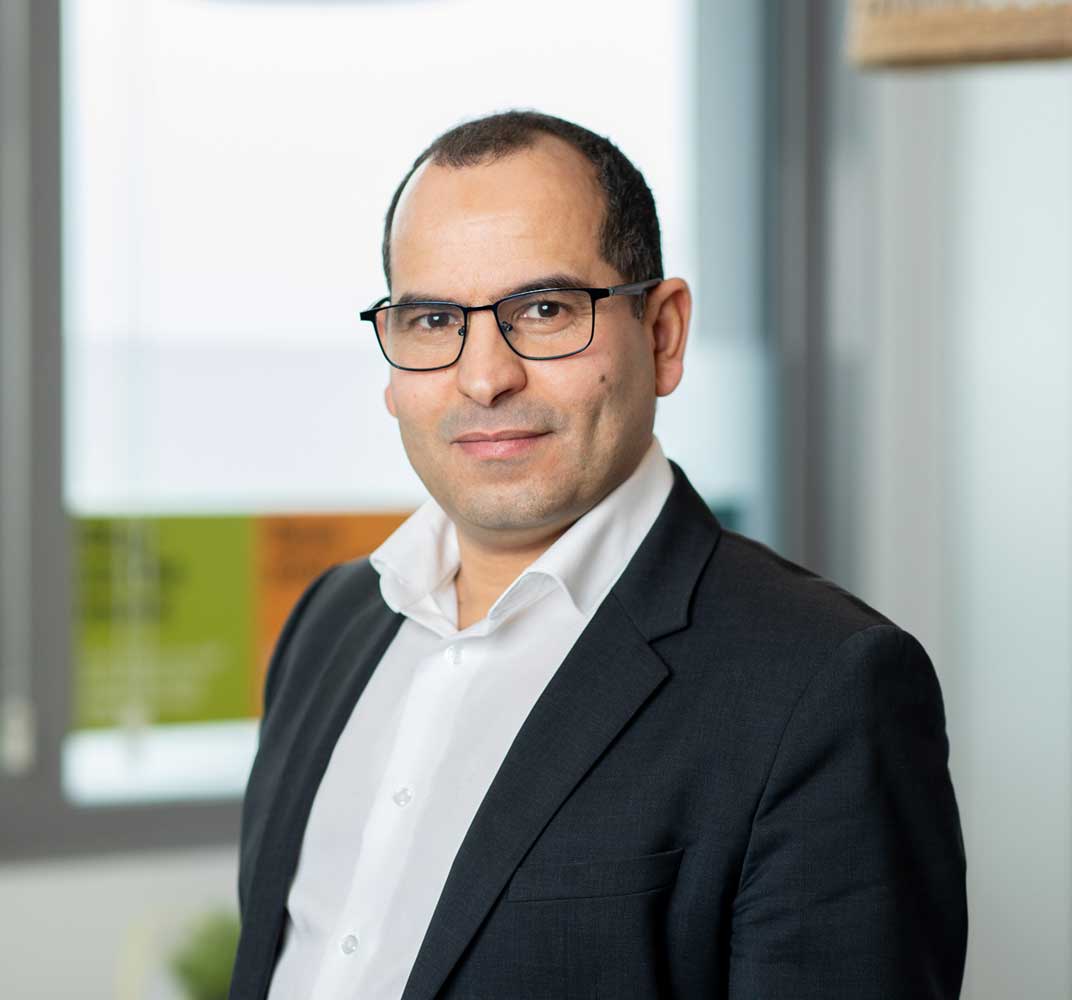
Benazouz Bradai
R&I Director at Valeo’s Brain Division and Co-Director of the ASTRA joint project team (Inria / Valeo). Master Expert at Valeo, specialising in ADAS (Advanced Driving Assistance Systems)Autonomous Vehicles including localization and mapping and multisensor fusion.
How did the ASTRA project come about, and how does it fit in with the history of collaboration between Inria and Valeo?
Fawzi Nashashibi (F.N.): The idea for the ASTRA project originated at Inria, as part of our desire to develop strategic partnerships in the fields of autonomous vehicles and smart mobility. After previous collaborations with Valeo, we considered it natural to offer Valeo the opportunity to become our partner in this joint research project.
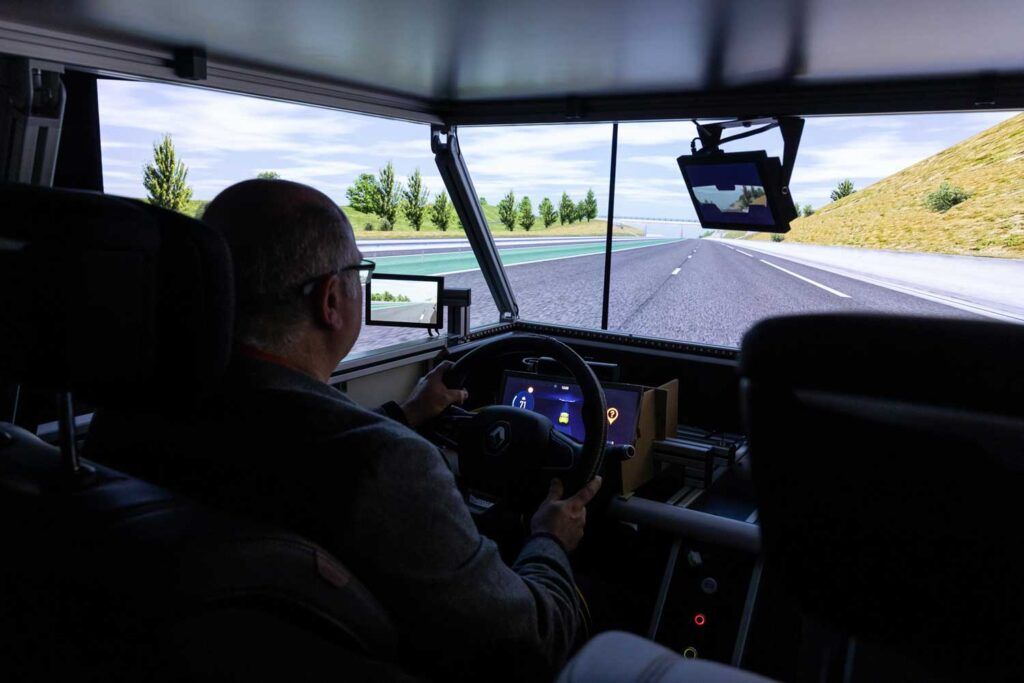
Benazouz Bradai (B.B.): We have been working regularly with Inria for almost 15 years now, via PhD theses co-supervision and joint or collaborative projects. But until now, it has been as part of a more opportunistic, collaborative approach: “I have a specific subject. Inria has expertise in this field, and we are launching a specific contract or PhD thesis to make progress on this subject”. The ASTRA project has enabled the definition of a common roadmap and the setup of common resources.
(F.N.): The joint team was created in February 2022. The initiative has received support from the “France Relance” recovery plan, which aims to promote industrial innovation, particularly for autonomous vehicles, and a financial contribution from the French National Research Agency.
What are the concrete objectives of the project, and where do you stand today?
(F.N.): ASTRA project, which runs for four years, focuses on smart mobility, and specifically on highly automated and connected vehicles. This includes technologies such as computer vision, vehicle localisation and environment mapping, artificial intelligence, decision-making systems and vehicle-infrastructure communications. The aim is to develop reliable and deployable systems for autonomous vehicles.
(B.B.): The scientific and technical objective is to develop methodologies and architectures for highly automated vehicles, beyond level 2 of automation. We are aiming for a more advanced level of automation, involving high-performance, certifiable and deployable concepts and are steadily gaining momentum. 2025 will be an important year. We can now start to integrate our developments into demonstration cars.
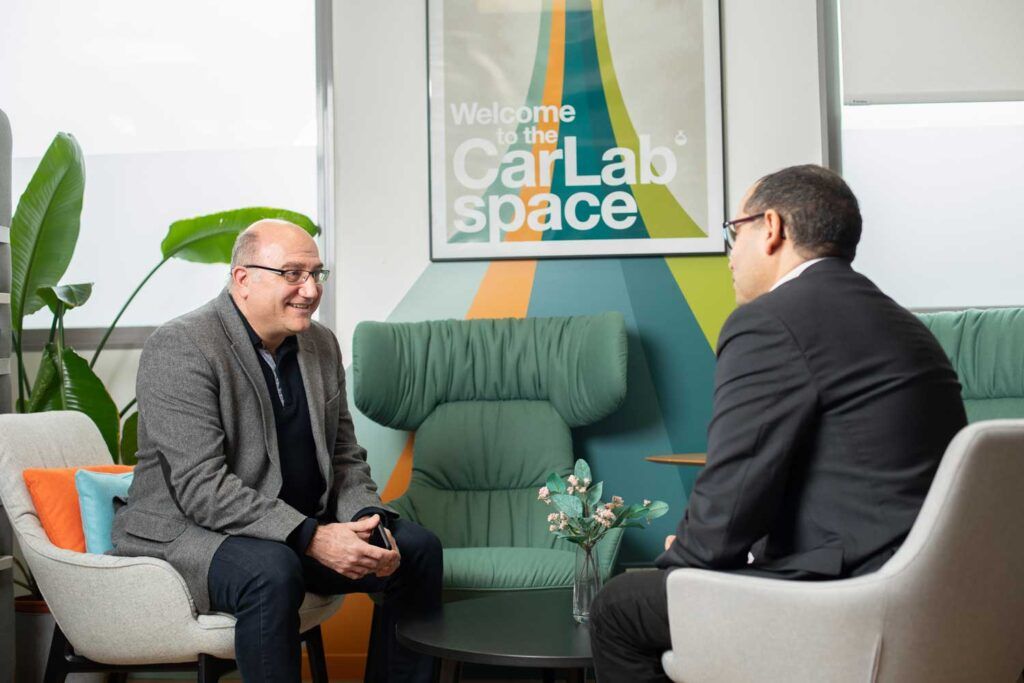
What is the scope of the research and what are the main focuses of the work?
(F.N.): We are focusing on four main areas.
- Perception and interpretation of the environment: object detection, lane detection, multisensor fusion, semantic scene segmentation of , and data processing in adverse weather or low visibility conditions.
- Localisation, with a focus on improving the accuracy and integrity of localisation by fusing data from the vehicle’s on-board sensors with that from GNSS systems (Global Navigation Satellite Systems), or to replace them.
- Decision-making: this includes developing algorithms to decide the vehicle maneuvers and generate vehicle trajectories accordingly.
- And lastly, the pooling of data for smart mobility: including the use of data collected by several vehicles to improve the localisation, mapping and driving decisions, particularly in dense traffic, driving in close proximity, etc.
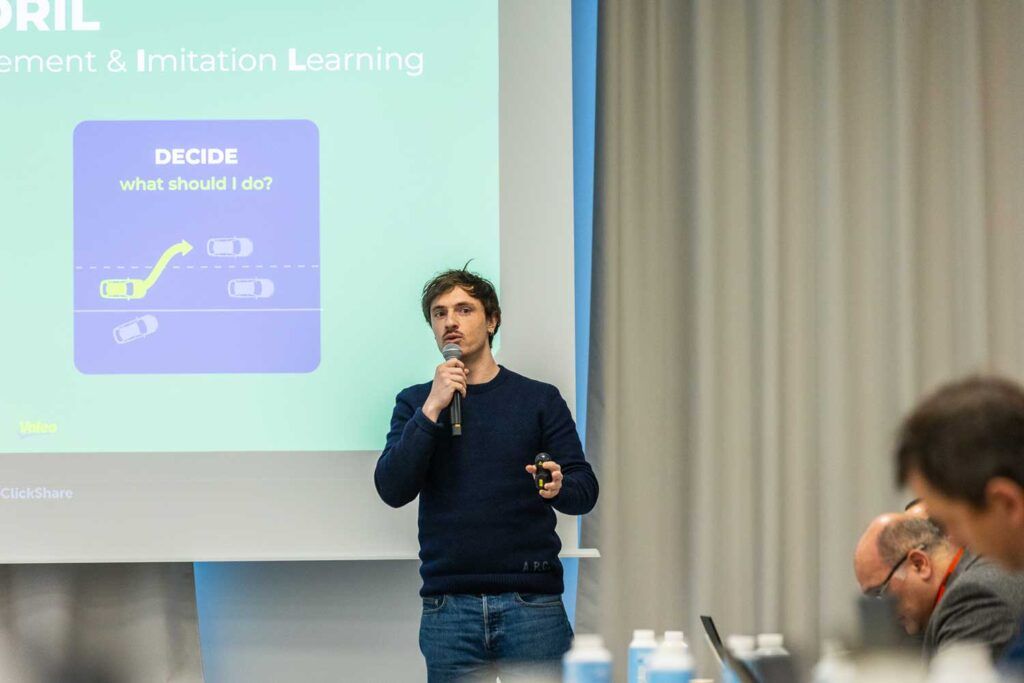
How was the project team put together, and how do the contributions of the Inria and Valeo teams complement each other?
(F.N.): The joint team is composed of around 30 people, 12 from Valeo (six from Valeo anSWer and six from Valeo.ai) and 15 or so from Inria. This collaboration is based on complementary approaches: on the one hand, Inria’s strongly upstream research-based approach, with a very long-term vision, and on the other, Valeo’s contribution with its key expertise in practical applications in an industrial environment, development, implementation, compliance with standards, certified software architectures, and so on.
(B.B.): Valeo contributes its pragmatic vision as a Tiers 1 provider and key player in the automotive industry, and as a leader in mobility. We have a clear understanding of the market and its development, thanks to our close contacts with all the OEMs (Car manufacturers) . We know the trends, we know where we’re going in 5 years’ time, in 10 years’ time… We know what is and isn’t feasible in terms of integration…
What have been the main advances in research since the project began?
(F.N.): The team has already made significant progress in a number of areas, such as perception and decision-making, by using a single sensor to reconstruct 3D environments, for example, which we consider to be a resounding success.
(B.B.): Progress has been made in decision making, especially through work on AI-based trajectory prediction, described in a publication which won the Georges Sarridis Prize for “Best Paper”. The team has also made significant progress in autonomous vehicle manoeuvres planning, which is currently being integrated and tested in simulation, with integration and testing on real prototypes coming soon.
How have the Inria and Valeo teams involved in the project changed since the launch of the project?
(B.B.): The teams at both Inria and Valeo have clearly grown in stature as the project has progressed. At Valeo, our engineers are harnessing new ideas arising from fundamental research and out-of-the-box thinking. This creates powerful synergies and nurtures high-quality scientific discussions.
(F.N.): At Inria, what we have gained is the industrial’s perspective. The desire to obtain not just theoretical metrics, but an actual system, right through to its implementation, integration and certification.
What are the main challenges facing you?
(B.B.): A number of challenges remain, especially concerning perception. How can we guarantee the robustness of the algorithms in degraded situations, such as in heavy rain conditions or at night? The generalisation of algorithms to scenarios not seen during the training phase is a major challenge. Another challenge is to ensure the explainability of artificial-intelligence-based algorithms, which is essential for ensuring the safety of autonomous vehicles.
(F.N.): Real-time map updating and the management of unmapped situations are also major challenges. The aim is to enable vehicles to react reliably to dynamic environments and guarantee a high degree of safety.
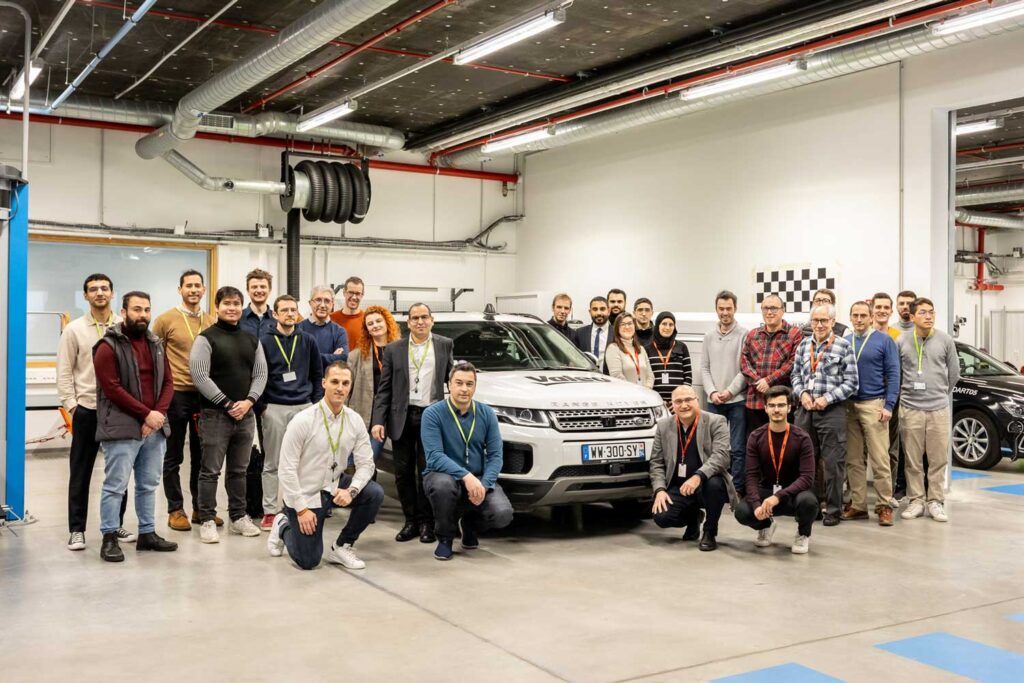
About Inria: Inria is the National Institute for Research in Digital Science and Technology. World-class research, technological innovation, and entrepreneurial risk-taking are at the heart of its mission. Through 220 project teams, most in collaboration with leading research universities, over 3,900 researchers and engineers explore new avenues, often through interdisciplinary approaches and partnerships with industry to address ambitious challenges. As a technological institute, Inria promotes diverse innovation pathways, ranging from open-source software development to the creation of DeepTech startups.
